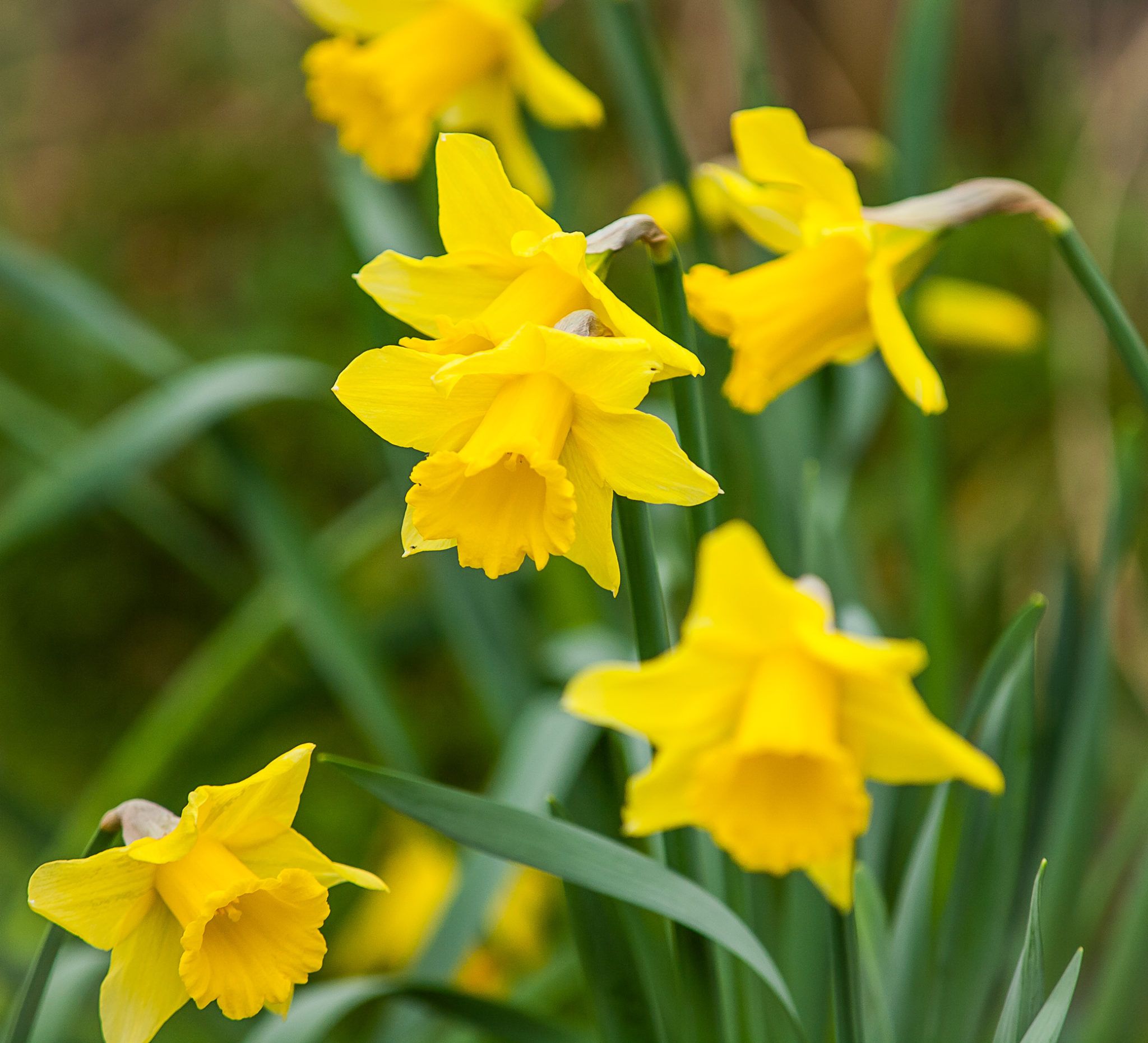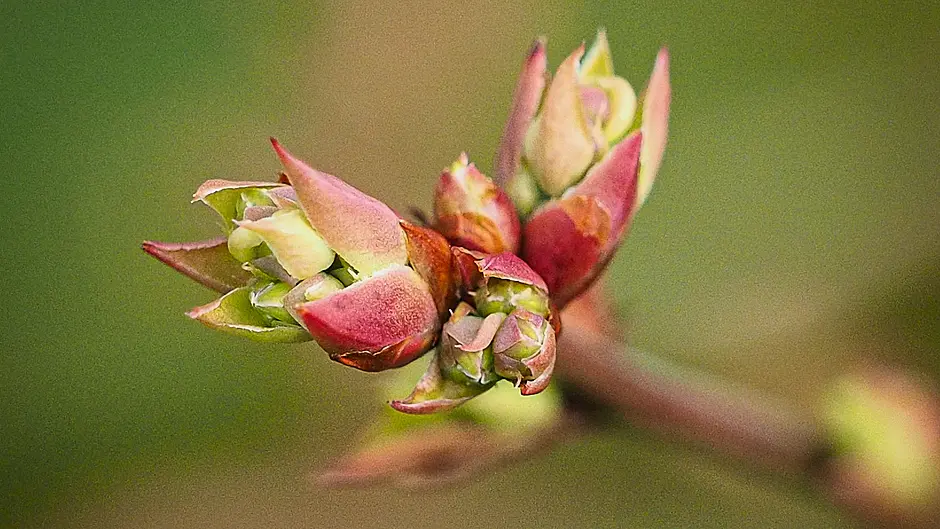BY JOYCE RUSSELL
FEBRUARY can be a stopstart month. Plants come through a winter chill and start to respond to sunshine and warmth as if it is spring, but the winter isn’t done with us yet and the garden can be hit with cold winds and frost that stop everything growing again.
 Daffodils are hardy enough to survive temperature swings. (Photo: Ben Russell)
Daffodils are hardy enough to survive temperature swings. (Photo: Ben Russell)
Most plants that are breaking open buds are pretty hardy and they will cope fine with the impacts of warmth and chill. Buds don’t completely freeze in a low single figures frost. It’s only if prolonged sub-zero temperatures are forecast that you may need to cover more precious plants. My blueberry bushes are opening buds and I realise each year that I worry about this early opening and frost.
The bigger problem is from hungry birds, if blossom opens up when there is little else quite so tasty around. The solution is to feed the birds and to net early flowering fruit bushes so all can flourish.
Fruit bushes
It is good to finish pruning fruit bushes before buds burst. Currants and raspberries can both be early in this regard so, if you didn’t do this last year, get pruning done as soon as you can. Cut out old dead canes from summer fruiting raspberries and leave strong young canes that grew last year to deliver fruit in this one. Autumn fruiting canes can be cut down to about 15cm above the ground. New shoots will grow this year and these bear fruit during the autumn.
Feeding fruit
 Feed rhubarb plants if you want lots of healthy stems. (Photo: Ben Russell)
Feed rhubarb plants if you want lots of healthy stems. (Photo: Ben Russell)
This is a good time of year to get some feed in, or on, the ground. It takes a while for this to be delivered in the right form to plants and for roots to take up and use what they need. By the time all this happens, sap will be rising and a growth surge will be on the way.
• I mow the grass around my fruit trees before scattering a mix of wood ash and seaweed-based feed – this is a high potash mix that promotes good flower and fruit formation.
• Raspberries and currant beds get weeded first to clear unwanted suckers and weeds. Raspberries do well with high potash feed whereas blackcurrants like plenty of nitrogen.
• Rhubarb is pushing up strong stems already – put a layer of rotted manure round the base to feed the plants and keep more stems growing.
• I also put manure round my cherry tree, along with a bit of powdered seaweed.
• Fig trees really don’t need much feeding. I have a super productive one growing in the yard next to my house and I’ve never fed it, although it does like some water in a dry summer. You can use a potash-rich feed if leaves are small and yellow at the edges, but there is no need to add a lot of nitrogen. Fig trees often take a few years before they fruit well. They need plenty of sun to perform at their best.
Greenhouse and polytunnel maintenance
I got round to the job of washing my polytunnel last week and it’s a good idea to wash the glass of greenhouses too. A
bucket of warm water, with a squirt of an environmentally friendly washing-up liquid, and a long handled soft sweeping brush is a good starting point. Use the brush to apply the washing mix and give a good rub to both the outer and inner surface.
If you can’t reach the top of a tall greenhouse then you can prop a ladder against a strong part of the frame, but take great care not to put weight on any glass sections. The top of tall polytunnels can be cleaned by wetting and folding a sheet (or similar long length of material) and throwing it over the top so it can be pulled back and forth by a person on each side.
Tie some rope at each end of the sheet if needed to make pulling easier. Hose off the suds and you should have a nice clean, light structure. Look for any holes in polythene or cracked glass – repair or replace these as needed so the cover is sound and won’t suddenly deteriorate in wild weather.
Prepare for the sowing season
Buy seeds if you haven’t already and wash any dirty pots. You may also need to buy a bag of good potting compost, if you don’t have any left from last year, and you may want to cut up a few plastic milk bottles to make labels.
Buy a good permanent marker too for writing the name of each thing you sow, so the name doesn’t wash away too soon. I won’t sow tomatoes, peppers, leeks etc for another week or two, but I will set up my large propagator in the polytunnel and check all is working as it should.







